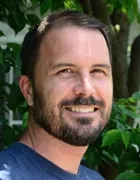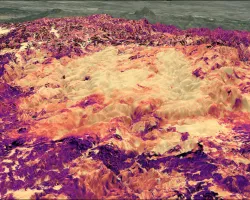- PI: Benjamin Poulter, NASA Goddard
- Co-I: Andrew Chiodi, Univ. Washington
- Co-I: Doug Morton, NASA Goddard
- Co-I: J Morgan Varner, TallTimbers
- Co-I: Adam Watts, US Forest Service
Prescribed fires provide an opportunity to maintain and restore fire in wildland ecosystems as well as an opportunity to better understand pre-, active, and post-fire conditions to inform management. In a partnership between NASA Goddard Space Flight Center and the Tall Timbers Research Station, the US Forest Service’s Next Generation Fire Smoke and Model Evaluation Experiment (FASMEE), and supported by NASA’s FireSense initiative and NASA’s Applied Science Wildland Fire Management program, we will investigate how NASA’s observing and modeling tools can contribute to prescribed fire science.
The project will
1) explore synergies between NASA and FASMEE by carrying out a retrospective analysis of FASMEE Phase 1 fires that were carried out in 2018 and
2) evaluate NASA’s Global Modeling and Assimilation Office seasonal-to-subseasonal forecasts in the context of informing prescribed fire burn windows.
The retrospective analysis will include model simulations by the Weather Research and Forecasting model (WRF) that provide information on smoke aerosol plumes and transport, and we will evaluate uncertainties in WRF parameters that can be informed by NASA airborne and spaceborne missions in future FASMEE campaigns and as quasi-operational fire-monitoring workflows.
The prescribed fire burn windows analysis will contribute to a better understanding how sub-seasonal forecasting can enable prescribed fire planning, particularly in the southeastern United States where climate change and management is limiting an already short prescribed fire season.


